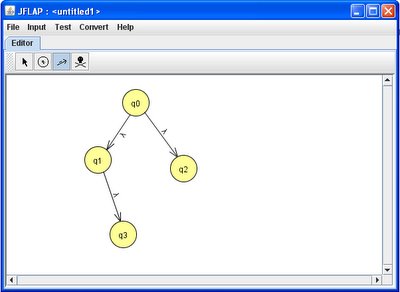In the meeting, we discuss about some ways to generate the experiment data. This is the first step in the evaluation of our method to deal with the null-valued documents. Two ways are considered in the meeting.
1. DTD --> XML --> Assertions (Basic assertions + Complex assertions)
The basic idea about this method is that we can purposely make up DTD files. With each DTD files, we can generate an XML document, and then basic assertions can be obtained through analyzing the XML document. Finally, combing all basic assertions together (obtained from XML documents by different DTD files), we can get an inconsistent data set, if we select the DTD carefully in the beginning.
Furthermore, DTDs could also provide some hints about the construction of complex assertions.
A disadvantage of this method is that the data set generated is inconsistent, but the basic assertions in it are so simple, that they don't even contain enough rich information to cover all situations of null values defined in our paper.
2. User involved mechanism:
It's better to construct a real system, which makes it easy for the user to input the concepts directly. See an sample interface below,
With an interface similar to that above, the user can input the uncompleted (or null-valued) information.

No comments:
Post a Comment